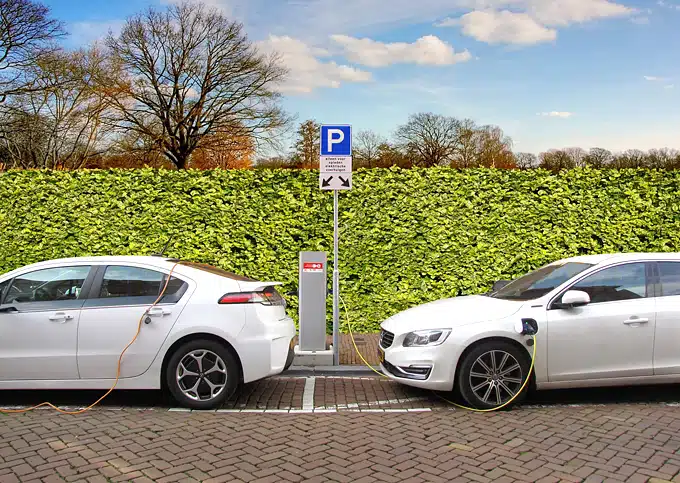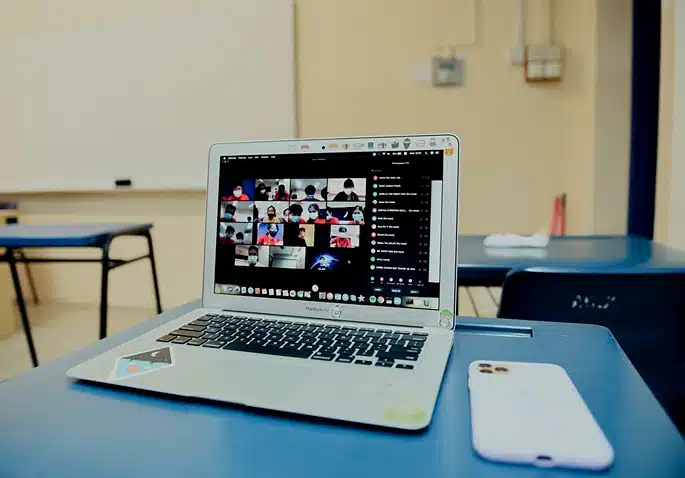words Al Woods
Digital accessibility for learning is a key component of creating an equitable and inclusive environment for all learners. Whether you’re a student or faculty member, school administrator, or IT professional – this post has something for everyone. By reading through the content here, educators can get practical advice on how to create improved access to educational materials and resources as well as understand what their students need when it comes to digital accessibility best practices. This blog post will provide useful information about why digital accessibility matters within the context of education, common barriers faced by those with disabilities who are trying to participate in online learning, and steps you can take today toward making educational contact more equitable for ALL students. Let’s dive into the important topic of digital accessibility in education!
What is Digital Accessibility and How Does It Impact Education
Digital accessibility refers to the ability of people with disabilities to access digital content and technology. This includes everything from websites and mobile apps to electronic documents and multimedia content. Achieving digital accessibility has become increasingly important in education as more and more learning moves online. Students with disabilities must have the same access to educational materials as their peers to succeed. This means that educational institutions must ensure that all of their digital content and technology is designed with accessibility in mind. By doing so, they can ensure that students with disabilities can fully participate in online courses and access all of the educational resources they need to succeed.
What are the Benefits of Digital Accessibility in Education
With the shift towards digital learning, digital accessibility in education has become increasingly important. Digital accessibility refers to ensuring that technology and content can be accessed by all individuals, regardless of their disabilities or limitations. This is not only suitable for students with disabilities but also for students who may have temporary limitations, such as a broken arm or dyslexia. By providing digital accessibility, educational institutions can create a more inclusive learning environment, leading to better engagement and retention rates among all students. Digital accessibility also allows for greater flexibility and convenience, as students can access course materials and resources from various devices and locations. Ultimately, digital accessibility helps to level the playing field and ensure that all students have equal access to education, regardless of their abilities or limitations.
Common Barriers to Digital Accessibility for People with Disabilities
The digital world is becoming more prevalent than ever before, but for people with disabilities, accessing it is still a challenge. Common barriers such as poor website design, lack of captions or alternative text, and inaccessible software make it difficult for people with visual, auditory, or motor impairments to navigate the web. Accessibility laws and guidelines have been put in place, but it’s still up to developers and designers to ensure that their products are accessible to all. By creating accessible websites and software, we can make the digital world a more inclusive and welcoming place for everyone.
Approaches to Designing Digitally Accessible Educational Materials
As our society becomes more reliant on technology, educational materials must be designed with digital accessibility in mind. When it comes to creating digital materials that are easily accessible to everyone, there are several approaches that designers can take. One approach is to ensure that all content is presented clearly and concisely, using easy-to-understand language and avoiding complex jargon. Another approach is to incorporate assistive technologies, such as screen readers and keyboard navigation, into the design. It is also important to be mindful of visual elements, such as color contrast and font size, as these factors can greatly impact accessibility for individuals with visual impairments.
Strategies for Making Existing Educational Materials Digitally Accessible
As the world becomes increasingly digital, educators must make sure that educational materials are accessible to everyone, including those with disabilities. Fortunately, several strategies can help make existing educational materials digitally accessible. For instance, educators can use text-to-speech technology to read out loud digital documents, thereby enabling visually impaired students to access the materials. They can also create alternative text descriptions for images and videos to ensure that students with visual impairments can understand the content. Furthermore, educators can use accessible document formats such as HTML, which can be accessed through a screen reader, to ensure that the materials can be read by all students.
Digital accessibility is an important issue in education today and one that can affect all students regardless of ability or background. Educators should take steps to ensure their educational materials are as accessible as possible for all students. Designing materials from the start to be digitally accessible through universal design is essential, but there are also strategies available to help make existing educational materials more accessible. Resources are available for educators to learn more about digital accessibility and support them in their efforts to create accessible learning experiences for all students. We urge all educators to take this opportunity to explore and invest in meaningful digital accessibility practices for their classrooms: each student matters, so let’s make sure we focus on giving everyone equal access and support to succeed!






